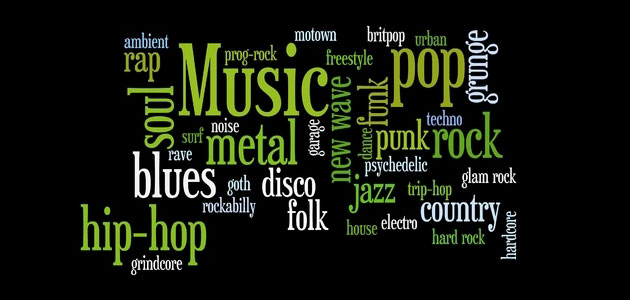 HISTORY:
HISTORY:
Modern minimal can be traced back through early Detroit techno to Steve Reich’s experiments with tape-loop phasing in the 60’s. Even then, it was a rebirth more than the dawn of something new: minimalism is a meta-genre, a framework, and it usually blooms when overelaborate pomp and opulence are threatening to spoil a scene. The minimal we know today descends from psytrance, from Pleiadians and Man With No Name, but the aesthetic turns up everywhere, from math rock to threadbare 8-bit shufflers.
IDENTIFYING FEATURES:
Characterised by its sparseness and painstaking craftsmanship, minimal often relies on subtly changing percussive elements to introduce variety. And because of the limited palette of sounds and the abundance of empty space, good minimal tends to be slick, too. For all its patent repetition, minimal is lovingly intricate, and, I’d argue, its ostensible simplicity makes honest musical expression something of a challenge.
HEROES:
Steve Lawler, Gui Boratto, Stephan Bodzin, Ricardo Villalobos; but also Steve Reich, Phillip Glass, LaMonte Young and Terry Riley. Also Massive Attack and The White Stripes; Cornelius and Laurie Anderson – minimal is everywhere.
SYMPTOMS:
Musik by Plastikman was a milestone for minimal, introducing many of the technical elements that still define the sound today. We’ve brushed off the dust and given Musik a hindsight review, so click here to see how ahead of its time it really was.
PROGNOSIS:
We’ll see minimal shaping all sorts of music yet: a genre diversifies once it’s peaked, and scrambles to retain its fans before they jump ship. Minimal grabs up the ones who feel like their sound had been usurped by flamboyance and complexity.




